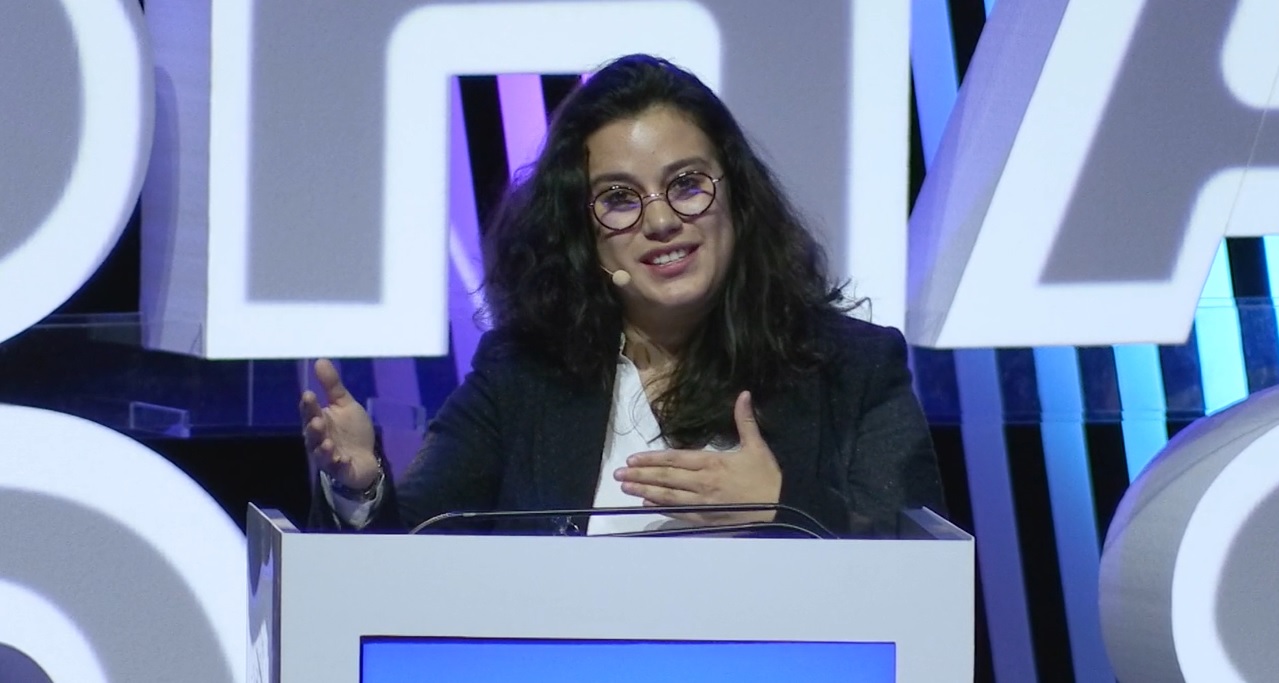A “sui generis” indigenous institution, the Public Ombudsman now has a mature model, the result of the alliance between the EU EUROsociAL+ Programme and the Union of Brazil's Ouvidoria-General (OGU).

In Brazil, something that only exists in a certain place is called ‘jaboticaba’. The term applies to laws, institutions or ideas that would only bear fruit in that terrain. The jaboticaba is an autochthonous fruit which is almost black on the outside, it has light-coloured pulp, a sweet citrus flavour and comes from the trunk of a tree that sheds its bark once a year. No one who has grown up in Brazil does not have at least one childhood memory of climbing a jaboticabeira to pick its fruit and then going back down having stained all their clothes. Among the non-literal jaboticabas in Brazil is an institution called the Ouvidoria.
All democracies have their peculiarities. In Brazil, representative democracy coexists with a wide network of mechanisms responsible for guaranteeing the exercise of direct democracy in a country with more than 210 million inhabitants. A substantial part of this network is based on the model of the Public Ombudsman. With characteristics that mix the powers of an ‘ombudsman’ with those of an Ombudsman’s Office and a name that dates back to the union of Iberian crowns, the ‘ouvidorias’ are administrative bodies responsible for defending the rights of public service users’ before the state, to promote their participation in the processes of formulation and execution of public policies, to exercise supervision of the provision of services and to receive complaints and protect complainants. These powers sometimes join many others, such as the right of access to information and the right to the protection of personal data. It is estimated that Brazil’s civil service includes more than 15,000 Ouvidoria units, in all the entities and powers of a federation that brings together more than 5,800 municipalities in 26 states and the Federal District.
There is no doubt that the Public Ouvidorias form the broadest network with the highest level of capillarity for the exercise of direct democracy that exists in the country. With the health crisis resulting from the pandemic, the more than 270% increase in claims aimed at federal government officials demonstrates the importance of these institutions in a scenario in which democracy is practised on a daily basis, at the very time when the population is going about their day-to-day existence, and not only during each electoral process.
Now that we know about Ouvidorias and jaboticabas, we can talk about the Maturity Model.
The Ouvidoria-General de la Unión (OGU) is responsible for supervising the more than 300 federal government officials and it coordinates a network with around 2,000 units in all bodies and branches of state. It was responsible for undertaking the project for the preparation and implementation of a Public Ombudsman (Ouvidoria Pública) Maturity Model (MMOuP), based on the successful experience of the Transparency and Access to Information Network (RTA) Document Management Model.
In order to repeat the success of this first initiative, the OGU sought the support of EUROsociAL, which had previously been a key player in the RTA model. EUROsociAL proposed an ambitious project to map the powers of the ouvidorias and to establish standards for undertaking the activities related to the performance of their activities. The project provided the basis so that the preparation of the MMOuP could be pushed ahead.
Today, the Model organises the attributions of said institution in three dimensions (Structuring, Essential and Prospective), establishing specific objectives and measurement elements for each of them, adding a broad set of methodologies for measuring state capacities in line with the main maturity models for processes, projects and UX, among others.
The model is not a measurement project, but rather an institutional improvement project. The evaluation on the basis of the MMOuP matrix is only the first step towards the elaboration of ouvidoria unit action plans, which set goals that are accompanied by the control bodies in biennial cycles that begin in 2021.
As of 16 March (Ouvidoria Day in Brazil), the model will be compulsory for federal government officials, and it is open to all other federation officials.
Do you want to know more about the project? Visit the site (in Portuguese) and access the Guides, Reference Information, Tutorials and the Model Matrix.
And, if you want to know even more about the experience, do not hesitate to send an email to cguouvadora@cgu.gov.br, to discuss your questions directly with OGU staff.
By Marcos Lindenmayer, Chief of Staff with the Ouvidoria-Geral da União



